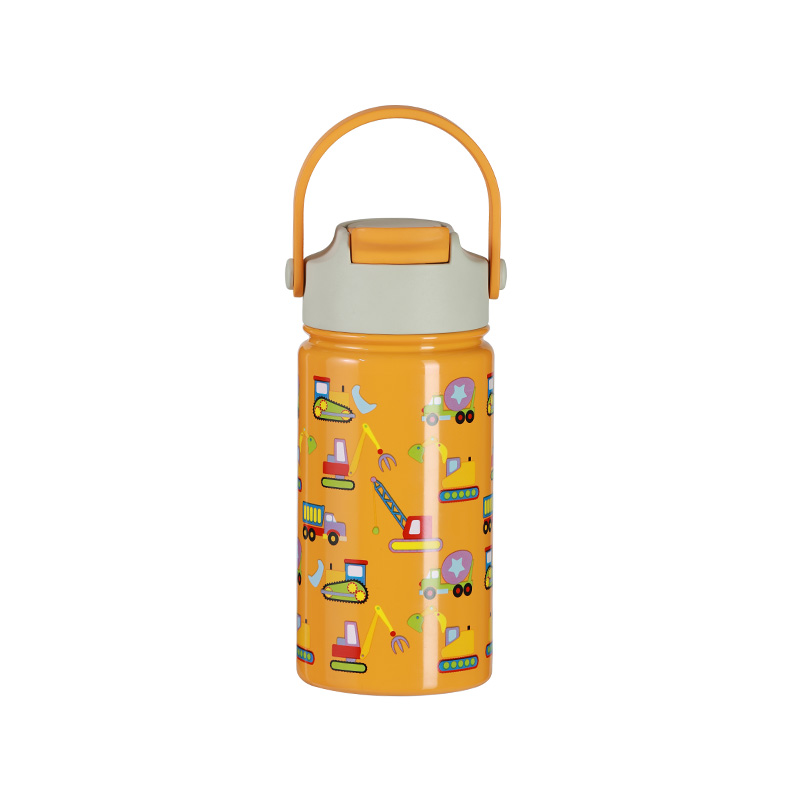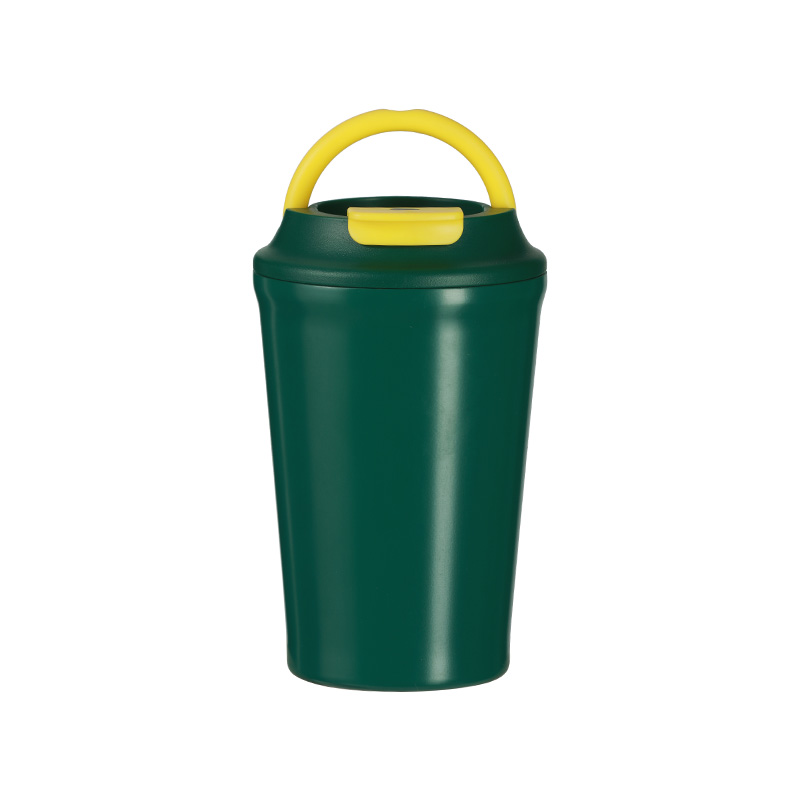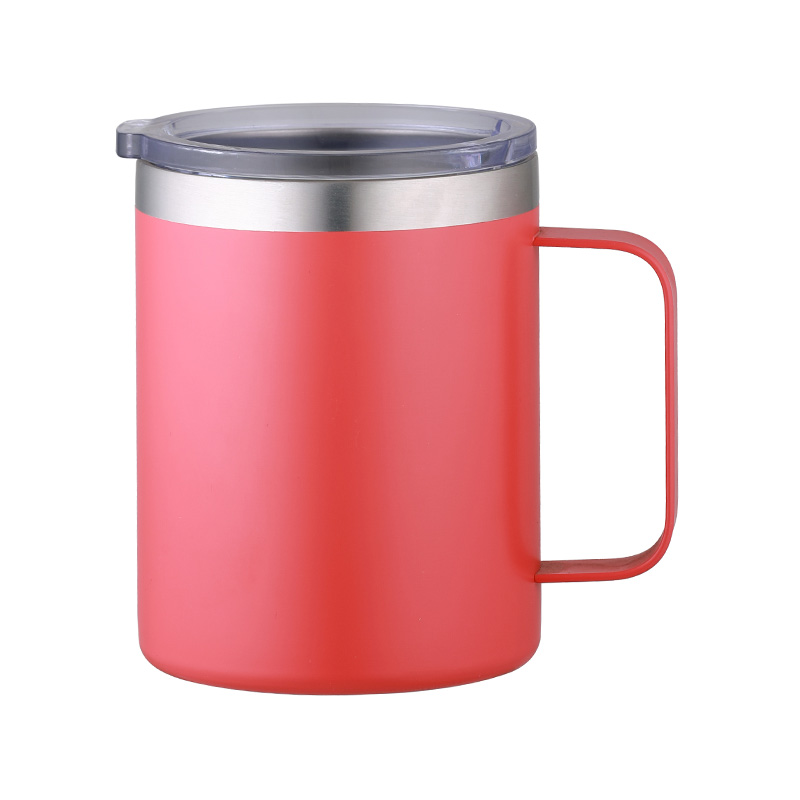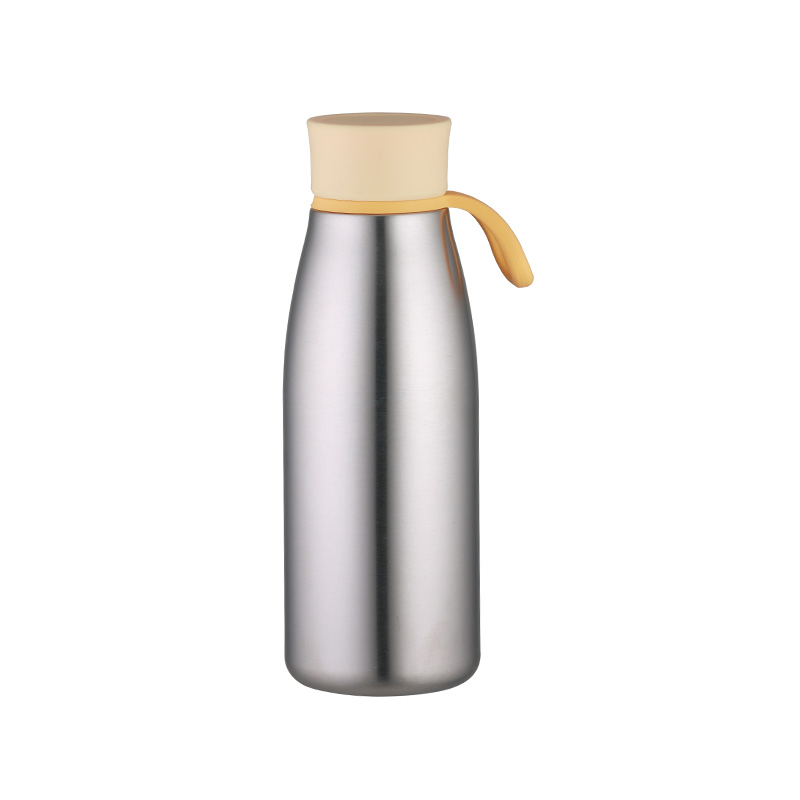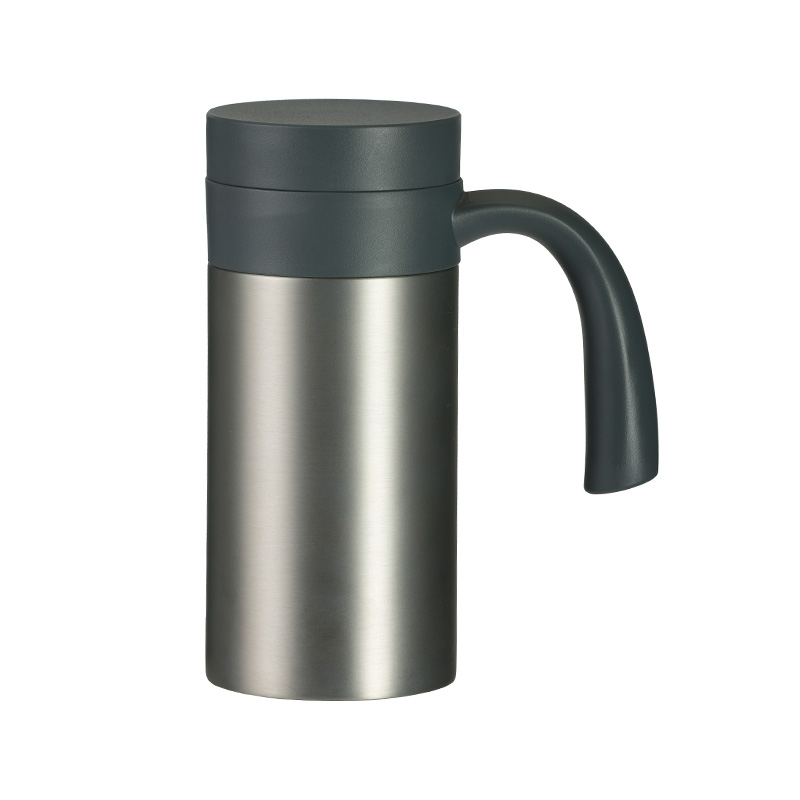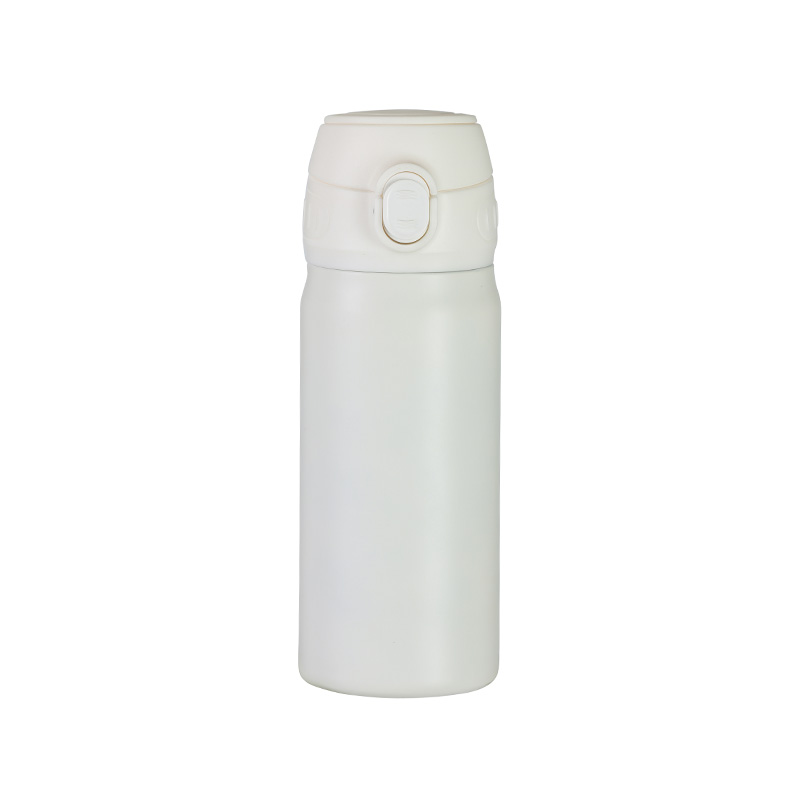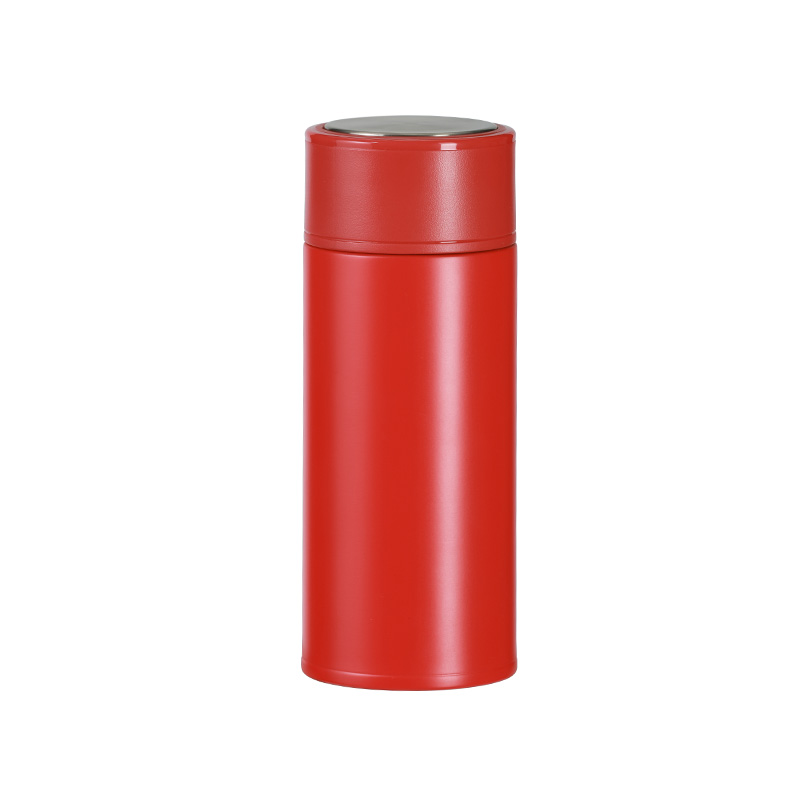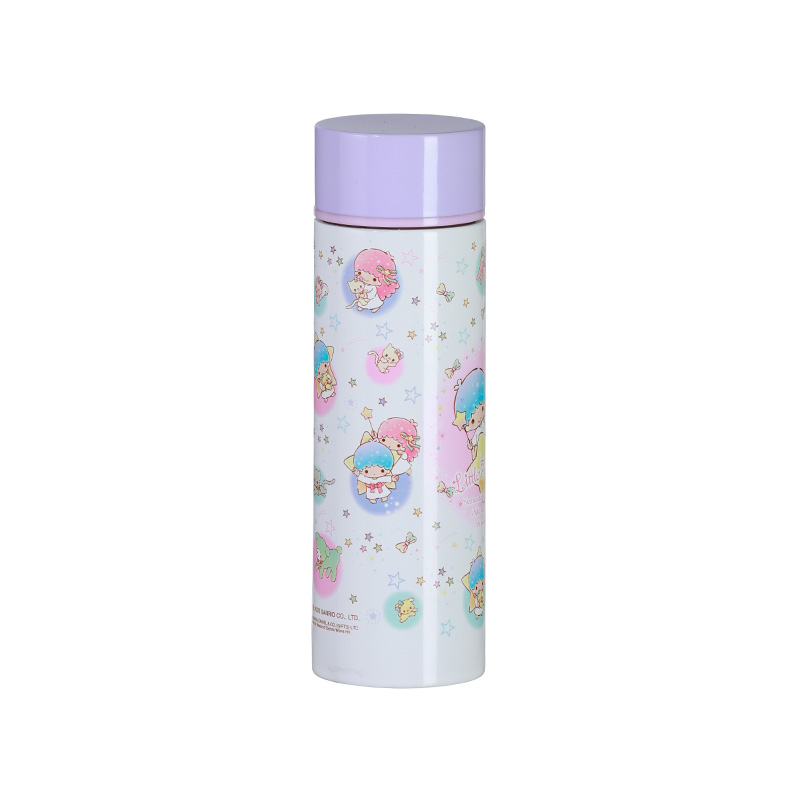The core structure of the Stainless Steel Stew Beaker is based on stainless steel for several reasons. It offers consistent resistance to corrosion, does not react with acidic or oily foods, and provides long-term structural stability under repeated heating and cooling cycles.
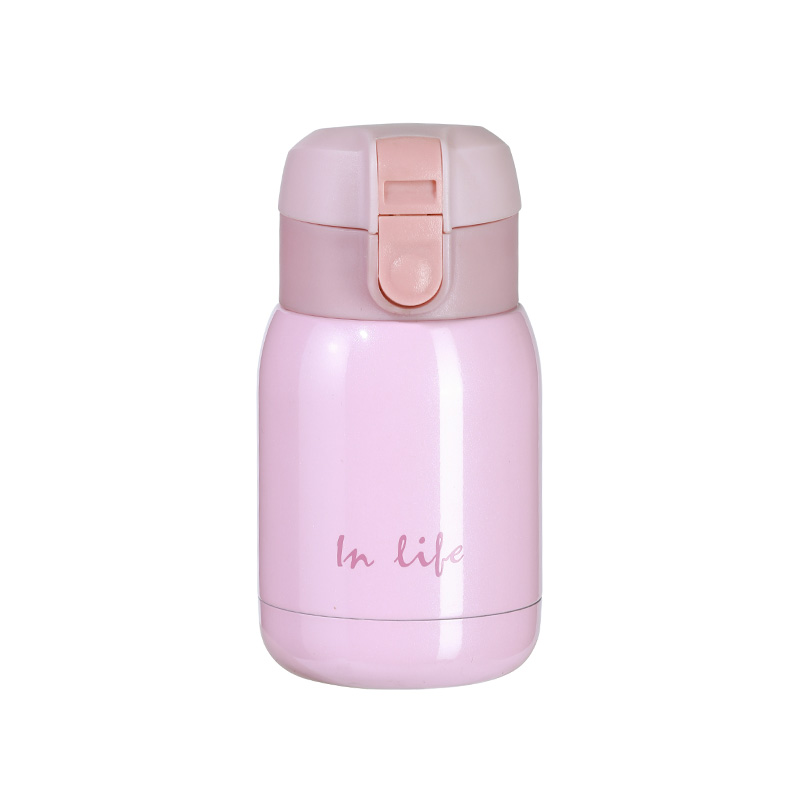
In designs, food-grade stainless steel such as 304 or 316 is selected. These materials meet health standards and are suitable for both cooking and storage. In the case of the Stainless Steel Stew Beaker, this material forms the inner wall, and in some models, the outer wall as well, offering an additional level of durability.
The thermal retention performance of the Stainless Steel Stew Beaker is not dependent solely on material but also on structure. A common solution is a vacuum-insulated double-wall design. The space between the two stainless steel layers is evacuated, reducing heat transfer by conduction and convection.
This vacuum-sealing technology allows the Stainless Steel Stew Beaker to maintain hot temperatures for extended periods. It also prevents the exterior from becoming too hot to handle, enhancing user safety.
An effective seal is vital to preserve heat and prevent spills. The Stainless Steel Stew Beaker often features a multi-component lid system that includes a silicone gasket, threaded or snap-lock closure, and sometimes a pressure-release valve.
From a manufacturing perspective, the gasket material must be food-grade, flexible, and capable of maintaining its shape after repeated use. The lid is typically molded from BPA-free plastic or stainless steel, depending on the product's thermal requirements. Precision is key—the lid must align to seal the Stainless Steel Stew Beaker while remaining easy to open and close.
Weight, grip, and form factor are all evaluated during the development of a Stainless Steel Stew Beaker. Many models include an external handle or foldable carrier system, making the container suitable for meals on the go. The shape is typically cylindrical or slightly tapered, providing efficient volume without being bulky.
In the factory setting, tests are conducted on impact resistance, handle load-bearing capacity, and stability when placed on various surfaces. The Stainless Steel Stew Beaker must remain upright during transport and have a base that resists slipping.
Ease of cleaning is a major part of functional design. The inner surface of the Stainless Steel Stew Beaker is typically polished to reduce food adhesion and allow users to clean it without specialized tools. Smooth weld seams and rounded internal corners reduce residue buildup, improving hygiene.
Manufacturers inspect every unit for imperfections in the lining that could affect durability or cleaning ease. In some models, interior volume markings are also added for portion control, a useful feature for users preparing specific quantities.
Before leaving the production line, the Stainless Steel Stew Beaker goes through a series of functional assessments. These include vacuum integrity tests, leak tests under simulated use, heat retention trials, and drop testing. Each of these tests ensures that the Stainless Steel Stew Beaker can withstand regular use without performance degradation.
This stage is critical because it reflects directly on product consistency. A manufacturer must ensure that all batches meet defined standards.
As with many practical products, the Stainless Steel Stew Beaker evolves based on user behavior. Feedback regarding ease of use, weight, cleaning effort, and thermal duration is incorporated into design revisions. Manufacturers regularly update features such as lid ergonomics, surface texture, and insulation methods to better align with real-world expectations.

 English
English 日本語
日本語